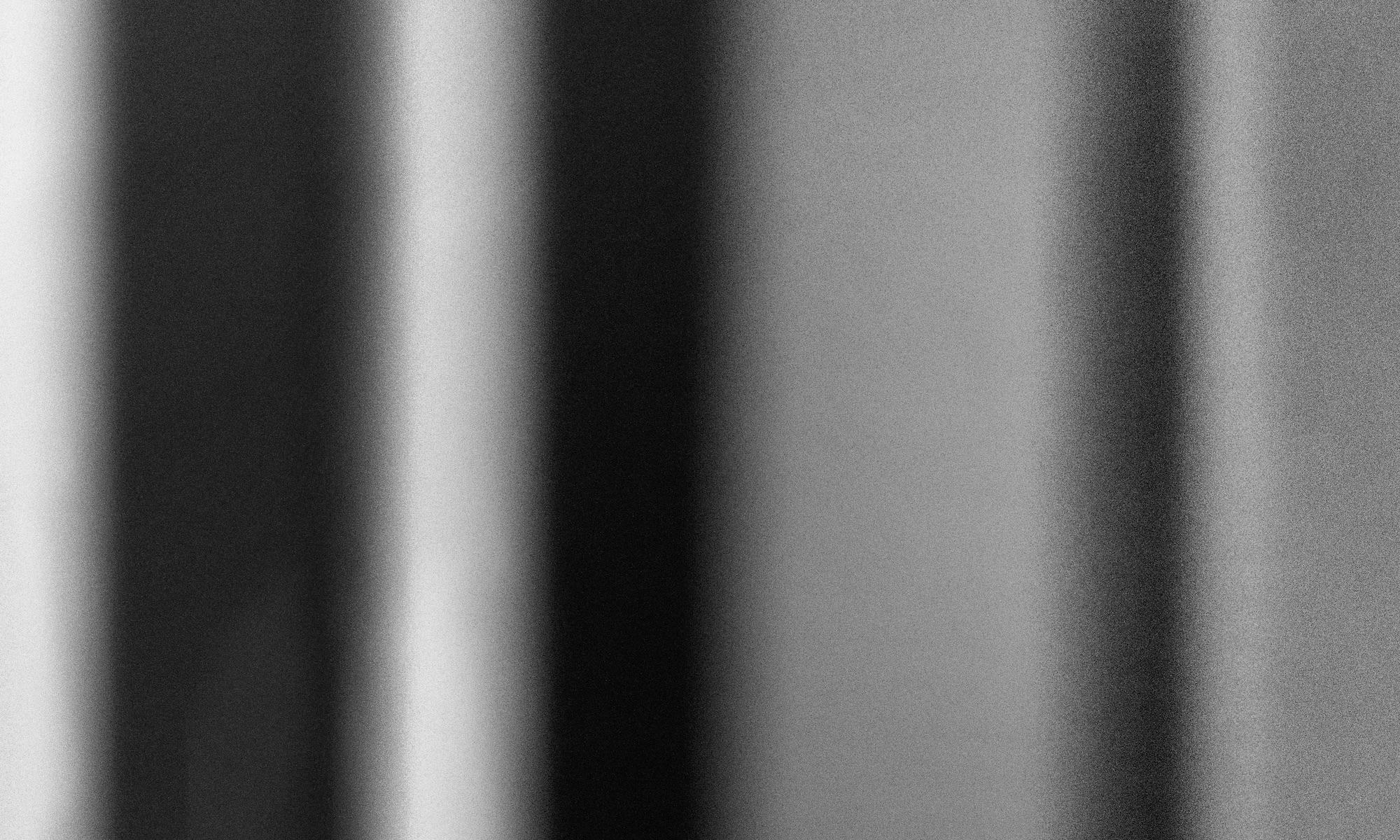‘In the Photograph, the power of authentication exceeds the power of representation’ (Barthes, 1981: 89)
Barthes appears to be acknowledging here that, whilst meaning is produced in the reading of the text/image, different modes (the photographic image in this case) have different meaning potentials. Ascribing ‘power’ to the image (an inert object that is brought to life, or not, by human agents in its use and reading in a particular context) seems to be misplaced (it might be a mis-translation, I suppose, or just a careless, or personal rather than general, use of the term). If meaning is created in reading, then any potential (to be read as authenticating or representing) must have social or cultural roots – the potential cannot be materially inherent in the image (in the same way that the meaning potential of a word cannot be inherent in its sound, a fundamental principle of the structural linguistics on which Barthes’ work is founded). Barthes’ account is of its time and highly personal. Mythologies (Barthes, 2009) gives a clearer sense of the value of Bathes semiotic analysis, by presenting a number of virtuoso analyses followed by an exposition of his method; Camera Lucida (Barthes, 1981), in contrast, principally gives us insight into Barthes as a reader of photographic images, at a particular point in both his own biography and at a particular moment in the social and technological history of image making and cultural analysis.
As other’s have pointed out, claims that photographs authenticate (this image presents evidence of, or a trace of, the existence of the object) or represent (this image stands for the object) are equally compromised. Barthes, and others, effectively address representation. The prevalence, and cultural acceptance, of CGI and digitally altered images (in western cultures – we should keep in mind differences in the status of photographic images in other cultures, for instance the taboo on photographic images of the dead in Australian aboriginal cultures) raises questions about the potential of photography to authenticate.
As image makers, we are also readers of our own (and others’) images, but with the agency to shape the form and content of our images, and some of the contexts in which they will appear. So we produce and position our images in full knowledge of the fragility of realisation of our intentions in the ultimate readings of the image, alongside an understanding of the shifting technological, cultural, social, economic, psychological, political, environmental, and so on, contexts of their reading and circulation. And this makes us more sophisticated image makers, and provokes us to engage with dynamics of the contexts in which our images are produced, distributed, read and re-configured.
I’ve written earlier about Barthes and related issues elsewhere in my CRJ (with more to come) and project proposal, so have kept this contribution deliberately short(ish).
References
Barthes, R. 2009. Mythologies. Translated by A. Lavers. Revised edition. London: Vintage.
Barthes, R. 1981. Camera Lucida: Reflections on Photography. Translated by R.Howard. London: Vintage.
